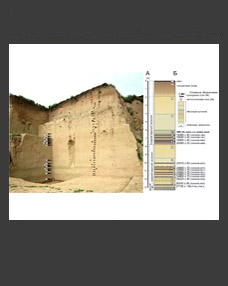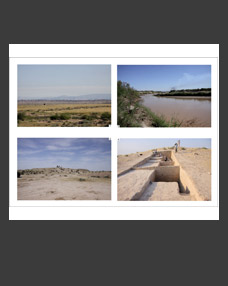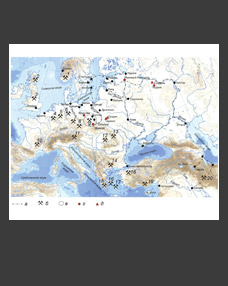Pierre Siméon
Museum für Islamische Kunst, Berlin, Germany; Mediaeval Islam Laboratory, Paris, France (pierresimeon@club-internet.fr)
Keywords: Central Asia, Islamic pottery, medieval Huttal, Samanids.
The paper analyses the 9th–11th-century pottery of Hulbuk, the capital of Huttal located in the Southwest Tajikistan. The materials under study were acquired while excavating the citadel as well as refuse pits (badrab’s) and two kilns in the “lower town” (shahristan) in 1953–1978. The study leans upon a comparison with the record of other medieval cities of Central Asia situated in Uzbekistan, the South Kazakhstan, Tajikistan and Kyrgyzstan known from the abundant Russian-language publications of the Soviet period. Pottery types are classified and their chronology elaborated. As a result, an “open” typology based not only on the decoration of glazed tableware, which was standard practice while studying Islamic pottery, has been developed. All the 20 types of unglazed and 14 types of glazed pottery have been distinguished with their technical characteristics, i.e. the aspects pertaining to clay deposits, kilns and techniques, chronology and spread, taken into account. It has been found that Hulbuk had been a crossroad of pottery-making of Mв warв’al nahr and Khurāsān yielding local and regional pottery types as well as Chinese (celadons from Yuй) and Iraq (lustres from Basra) imports. A comparison of Central Asian pottery with that of the Near and Middle East gives an insight into the links between different regions of the Islamic world at that time.







